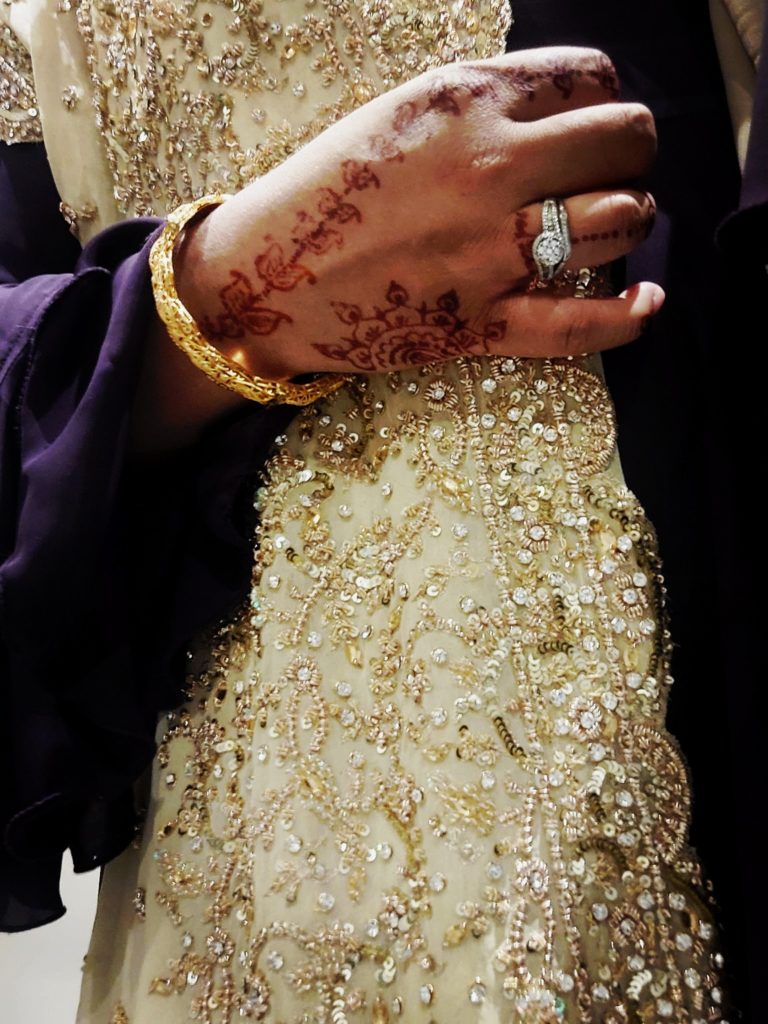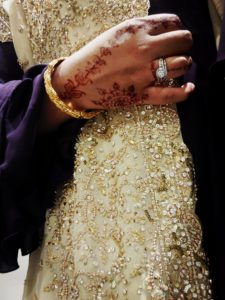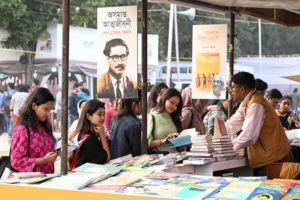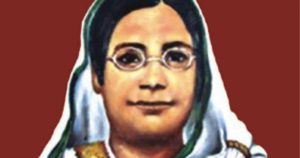THE ORNATE HISTORY OF THE “ORNA”

THE ORNATE HISTORY OF THE “ORNA”
By Bengalis of New York
After many years, I finally took up my bridal orna again and draped it over myself to celebrate Eid-Ul-Fitr. It was a moment I had been yearning for, for a while, but I hesitated because of the sheer extravagance of its embroidery. In celebrating Eid-Ul-Fitr, I also decided to celebrate the aspects of what the orna symbolizes for me.
On my wedding day, little did I know that as soon as I put that orna on my head, I would begin a journey that literally took me across the ocean and around the world, from one family to an ever-expanding one and to the person I was meant to become…who I am now. Little did I understand the journey that the orna took throughout our Bengali history, transcending across rivers and lands, experiencing its own metamorphosis. We can choose to design or drape it however we like, over our shoulders, over our heads, around our waist and so on. Therefore, the orna isn’t just representative of one’s own wedding day in the Bengali culture. Rather, it is also representative of our rich Bengali history.
To understand the history behind the orna, we must look deeper into the fabrics of its origin. Around 321 BC, the Indus Valley Civilizations had already begun making clothing out of white cotton, linen and muslin. They draped their bodies in unstitched fabrics in different styles; women covered their heads with it: “Women generally covered their heads with uttariya in different styles having a beautiful embroidered border. The hair was centered parted with two braids or a large knot at the back. At times it was decorated with fringes or pendants.” Already during this time, there was a blend of both foreign and indigenous garments, each inspiring the orna we use today.
Eventually, from the 16th to the 18th centuries, the Mughal Empire continued such traditions from the Indus Valley civilizations; males used decadent sashes, imprinted with flower motifs and females, including dancers, performed with ornas on their heads. According to “The Emperor’s Humbler Clothes: Textures of Courtly Dress in Seventeenth-century South Asia” by Sylvia Houghteling, the materials used to make such clothing included muslin, a.k.a. Jamdani in the Bengali/Bangla language. In fact, the material of muslin, itself, made its way into fashion across the valleys of South Asia, spreading its wings around all of Asia, eventually landing in Europe, during the British Colonization of South Asia.
According to the BBC, just 200 years ago, the “Dhaka muslin” was more valuable than silk. The Bengali culture was renowned for creating muslin by weaving with their hands which eventually was replaced by the drawloom. This delicate fiber-like cloth was such a rich part of our Bengali history that it almost got completely lost until it was revived by Shahidul Alam in 1989.
From the Indus Valley Civilizations to now, the orna was used to cover the body for both males and females; depending on its level of simplicity or decadence, it also represented different social classes in South Asia. Nowadays, the orna can be made from any kind of fabric including muslin, silk, cotton, velvet and chiffon. It no longer represents class distinction; rather, it unifies us and each person has a special connection to the orna, based on their experiences.

Read More
The Legacy of Boi Mela
Every year in February, the month-long national book fair welcomes...
Read MoreMillennial Amma: How to Explain a Global Crisis As a Parent
Rumki Chowdhury shares tips for how to talk to children...
Read MoreBegum Rokeya’s Millennials
A tribute to a pioneering Bengali feminist writer, educator and...
Read More



